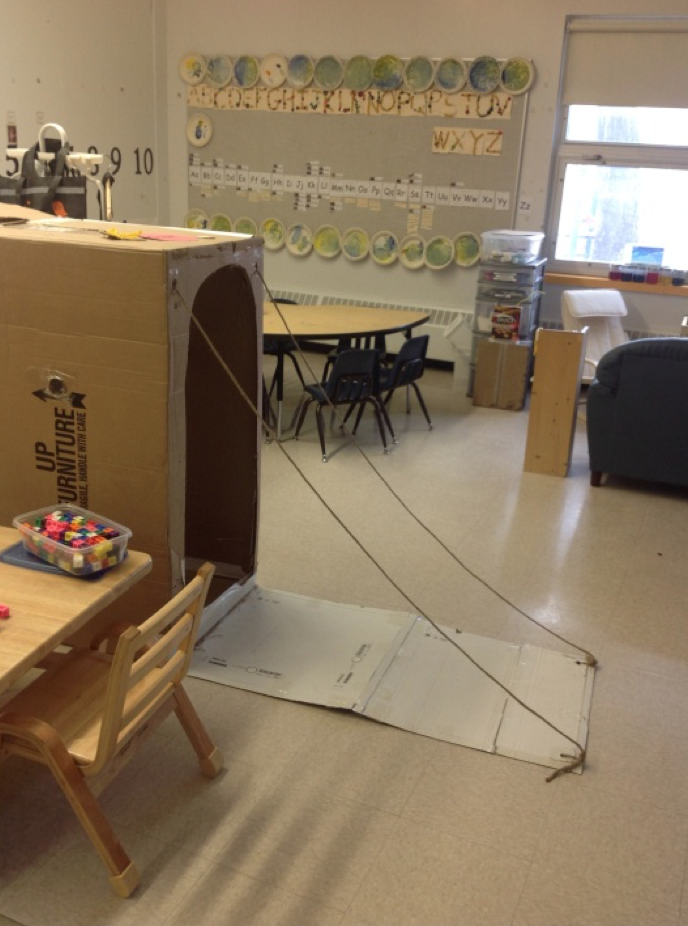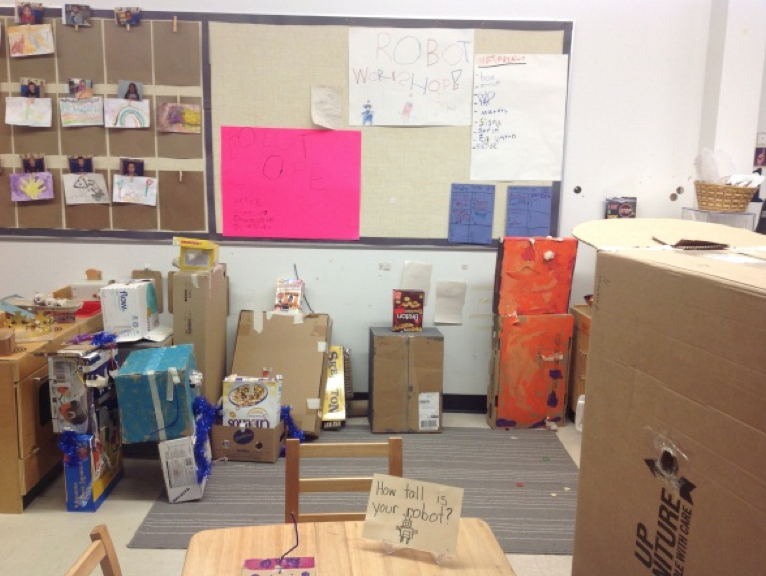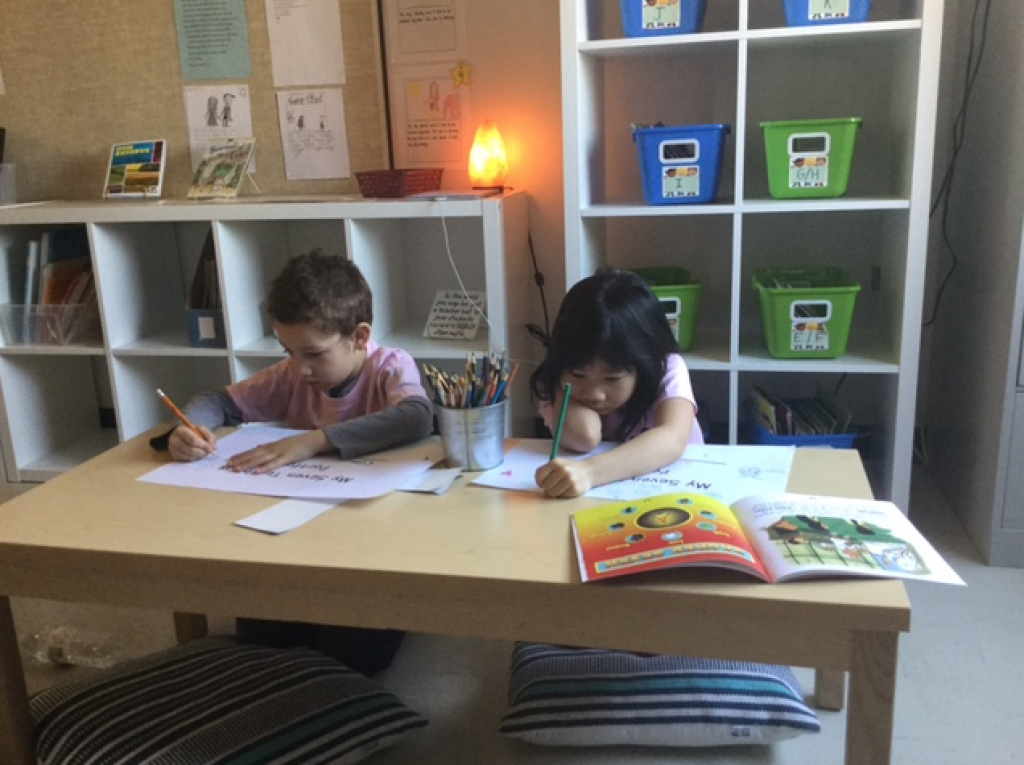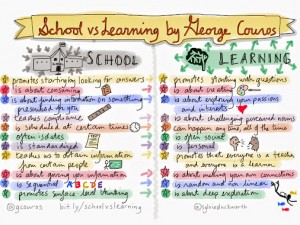Innovation. To me, it’s about thinking outside the box to ensure that we are reaching all learners in the classroom. As we know, students don’t all learn the same way, or the same day. Innovation gives us permission to interpret curriculum as we see fit… to empower our students with purposeful learning that is student driven. I equate innovation with connection. This can be achieved through a variety of means, it truly is, as George Couros writes, a mindset. Innovation is crucial to student engagement- keeping them curious, means keeping current and trying things that may be out of our teaching comfort zone. Teaching is truly the best way to learn!
George Couros gave me a lot to think about after our PD session. While I’ve always embraced using technology in the classroom, I was a little apprehensive about the social media aspect; especially since we’ve all been forewarned about the potential ill effects for teachers and students alike. So when we started to talk about twitter… let’s just say I didn’t have a “tweet” to say! A friend once told me that it takes 21 days to make or break a habit, and thus my twitter journey began.
I can see the value Twitter has for networking, collaboration and instant communication. It’s amazing to know that we can network with teachers across the hall and across the world… at the same time. I have read numerous articles, feeds and participated in some discussion as a result of my 21 day (+) Twitter challenge. I have shared Twitter sourced information with colleagues and friends. I can attest that Twitter has merit if used in a responsible manner. I have yet to try Twitter with my grade two students, namely because I’m still at the novice stage myself and I’m unsure how to even start with early years students. Global classrooms are the wave of the future, and we must be prepared for it. Today’s world is literally at our finger tips, a mere hash tag away!
Cluster 2010- Jenny Bui- Greenway School




